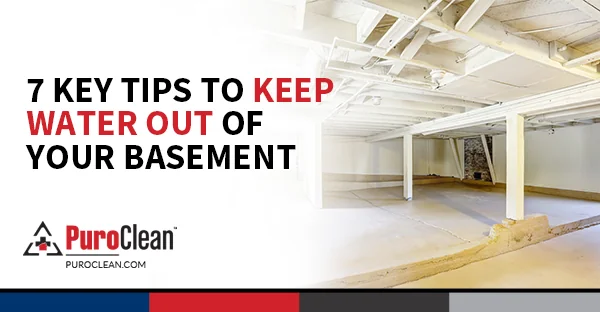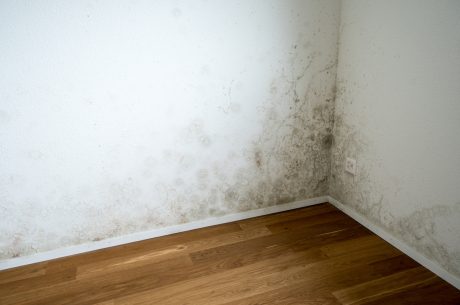 Basement flooding can occur at any time, especially in the spring, when snow melts and spring storms begin. Flooding can occur even in dry weather due to unexpected blockages to the sewer system around your home. Here is a list of basic things you should know about basement flooding:
Basement flooding can occur at any time, especially in the spring, when snow melts and spring storms begin. Flooding can occur even in dry weather due to unexpected blockages to the sewer system around your home. Here is a list of basic things you should know about basement flooding:
Preventing basement floods
- Clean your roof’s gutters and downspouts and divert rainwater 6 feet away from the house
- Install an automatic emergency generator to provide your house with electricity during blackouts
- Install a sump pump that automatically drains water from your basement and prevents water from rising
- Seal openings or cracks in the walls, floors, foundations and windows of your house
- Install porous pavement around your home to help absorb rainwater and thawed snow
- Ensure that your drainage systems and plumbing are functioning properly
When you experience basement flooding
Tackling the flood cleanup yourself is not recommended, so keep the number of a water damage specialist on hand (PuroClean professionals are available 24/7/365 – call 1-800-775-7876 for a location near you). While you’re waiting:
- Shut off electrical power and don’t walk through floodwater to avoid electrocution
- Don’t expose yourself to flood water contaminants but, if you must, wear protective gear
- If you have a sump pump installed, wait for it to drain the floodwater as soon as electricity can be safely restored
- Carpets and upholstery must be dried out immediately. If they have been wet for more than 48 hours they should be thrown away. So don’t delay calling your water damage specialists!
In order to determine the full extent of the damages caused by water, fire/smoke, mold, and other disasters, call your local PuroClean office. These professionals provide full restoration services in compliance with industry standards and best practices.



 PuroClean of Deer Valley
PuroClean of Deer Valley